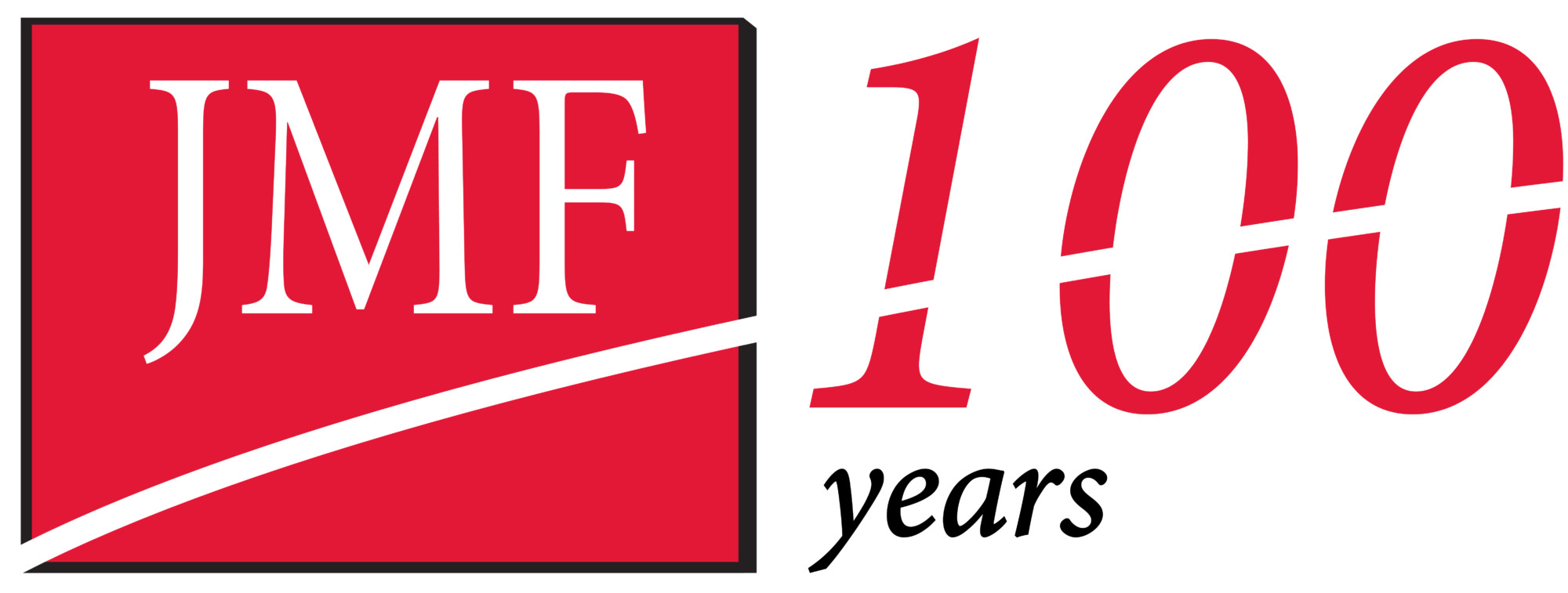A 401(k) plan can be a win-win situation for employees and employers. Just take a quick look at the payoff.
*For employees: You can defer up to $18,000 of salary to your account in 2017 ($24,000 if you are age 50 or older), before any employer-matched contributions. Contributions may grow without any tax erosion until they are withdrawn.
*For employers: A 401(k) plan may not be as costly to fund as most traditional pension or profit-sharing plans. It can also be an effective way to attract and retain valuable employees.
However, 401(k) plans are subject to strict nondiscrimination testing under the tax law. If your company’s plan does not measure up, certain highly compensated employees (HCEs) might be penalized. This may occur if you do not have a sufficient number of non-HCEs participating in the plan.
Fortunately, a relatively simple solution is available. Your company can use an automatic-enrollment plan designed to encourage a higher level of participation among non-HCEs.
How it works: Usually, an employee must proactively elect to participate in a 401(k) plan. An automatic-enrollment plan takes a different approach. If employees do not make any election, they are considered to be participants. In other words, you have to choose to opt out of the plan—not the other way around. Typically, that results in twice as many people enrolling!
With an auto-enrollment plan, it is likely that a higher percentage of non-HCEs will participate than would be the case with a traditional plan. Under a safe harbor rule, your company can provide minimum contributions on behalf of these employees equal to 3% of compensation.
This change may be sufficient to satisfy the nondiscrimination tests on behalf of HCEs. Also, non-HCEs who are currently reluctant or passive about enrolling in a 401(k) plan may benefit in the future. This “forced savings” can help these employees build a retirement nest egg.
A plan provider, third-party administrator or consultant can help with the changes needed to install this feature. For example, participation may become automatic after one year of service. Typically, the plan will provide low-risk default investments divided among diversified mutual funds. Of course, employees are free to make other investment choices.
The automatic-enrollment feature is not without potential drawbacks. For instance, the company may set a relatively low default rate to encourage contributions. If you do nothing, you might ride along at that rate for years, while you could—and possibly should—be saving more for retirement. Similarly, if you simply accept the investment choices established as the default, you may not be optimizing your earnings.
With professional guidance, you can make informed decisions taking your personal circumstances into account, even if your 401(k) plan uses an automatic-enrollment feature. Do not hesitate to ask for assistance. We have a very talented Pension Administration and Consulting group at JMF, so please contact us.







Leave A Comment
You must be logged in to post a comment.